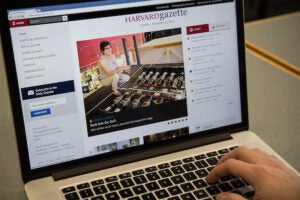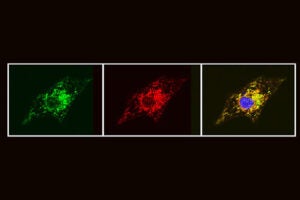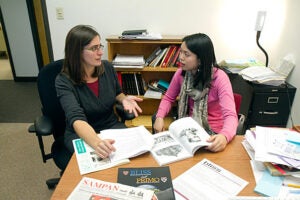Tag: Stem Cells
-
Nation & World
Brains or skin?
A protein that is necessary for the formation of the vertebrate brain has been identified by researchers at the Harvard Stem Cell Institute (HSCI) and Boston Children’s Hospital, in collaboration with scientists from Oxford and Rio de Janeiro.
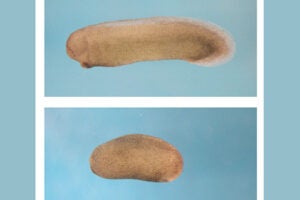
-
Nation & World
Imaging captures how blood stem cells take root
Harvard-affiliated researchers have provided a see-through zebrafish and enhanced imaging that offer the first direct glimpse of how blood stem cells take root in the body to generate blood.
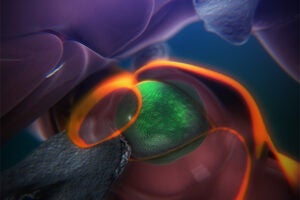
-
Nation & World
Creating pain-sensing neurons
Harvard Stem Cell Institute researchers at Boston Children’s Hospital and Harvard’s Department of Stem Cell and Regenerative Biology have successfully converted mouse and human skin cells into pain-sensing neurons that respond to a number of stimuli that cause acute and inflammatory distress.
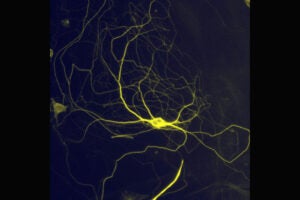
-
Nation & World
The cellular origin of fibrosis
Harvard Stem Cell Institute scientists at Brigham and Women’s Hospital have found the cellular origin of the tissue scarring caused by organ damage associated with diabetes, lung disease, high blood pressure, kidney disease, and other conditions.
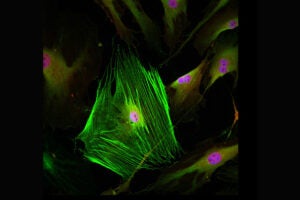
-
Nation & World
Reprogramming cells, long term
Harvard Stem Cell Institute researchers have demonstrated that adult cells, reprogrammed into another cell type in a living animal, can remain functional over a long period. The work is an important advance in the effort to develop cell-based therapies for tissue repair, and specifically in the effort to develop improved treatment for diabetes.
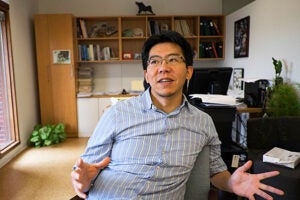
-
Nation & World
Giant leap against diabetes
Harvard stem cell researchers announced a giant leap forward in the quest to find a truly effective treatment for type 1 diabetes, a disease that affects an estimated 3 million Americans.
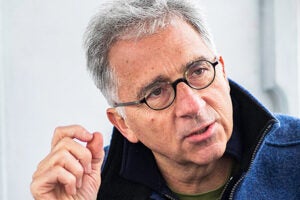
-
Nation & World
New way to regrow human corneas
Harvard-affiliated researchers have identified a way to enhance regrowth of human corneal tissue to restore vision, using a molecule that acts as a marker for hard-to-find limbal stem cells.
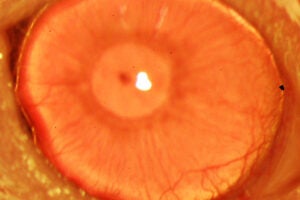
-
Nation & World
Bridging science and religion
Divinity School graduate Shelley Brown is combining her love for science and religion to help stitch together two fields that rarely seem to meet.

-
Nation & World
New hope for treating ALS
Harvard stem cell scientists have discovered that a recently approved medication for epilepsy might be a meaningful treatment for amyotrophic lateral sclerosis (ALS), also known as Lou Gehrig’s disease, a uniformly fatal neurodegenerative disorder.
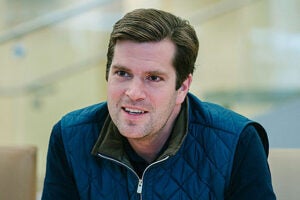
-
Nation & World
Alzheimer’s in a dish
Harvard stem cell scientists have successfully converted skins cells from patients with early onset Alzheimer’s into the types of neurons affected by the disease, making it possible for the first time to study this leading form of dementia in living human cells.

-
Nation & World
Researchers create embryonic stem cells without embryo
Researchers have created embryonic stem cells without an embryo. This discovery of a novel reprogramming method of adult cells, without introducing external genetic material, could dramatically shift stem cell research.
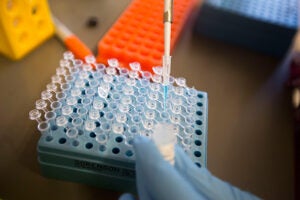
-
Nation & World
Clues on generating muscles
Harvard stem cell scientists have discovered that the same chemicals that stimulate muscle development in zebrafish can be used to differentiate human stem cells into muscle cells in the laboratory, which makes muscle cell therapy a more realistic clinical possibility.
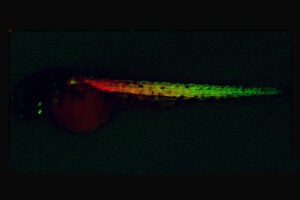
-
Nation & World
Recalling a lab-led rescue
Professor Howard Green stumbled across a skin transplant technique that involved growing keratinocytes into full skin layers, making him a pioneer in regenerative medicine.

-
Nation & World
A cross-country collaboration
Amy Wagers and Emmanuelle Passegué have found that cancer stem cells actively remodel the environment of bone marrow, where blood cells are formed, so that it is hospitable only to diseased cells. This finding could influence the effectiveness of bone marrow transplants.
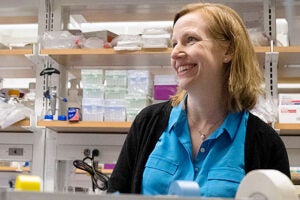
-
Nation & World
Reprogrammed cells generate blood vessels
Harvard researchers have generated long-lasting blood vessels from reprogrammed human cells. The study in the mouse model reveals both the potential and remaining challenges to vessel regeneration.
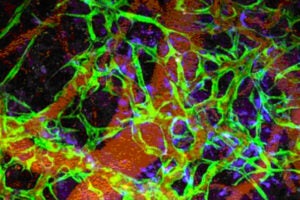
-
Nation & World
Developing cancer drugs
Harvard Stem Cell Institute researchers have identified in the most aggressive forms of cancer a gene known to regulate embryonic stem cell self-renewal, beginning a creative search for a drug that can block its activity.
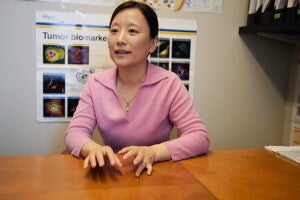
-
Nation & World
Using clay to grow bone
Researchers from Harvard-affiliated Brigham and Women’s Hospital (BWH) are the first to report that synthetic silicate nanoplatelets (also known as layered clay) can induce stem cells to become bone cells without the need of additional bone-inducing factors.
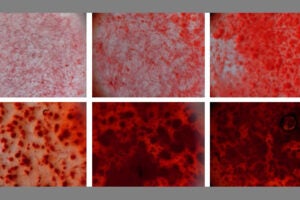
-
Nation & World
Seeking healthy inspiration
More than 100 students packed Harvard’s i-lab in Allston Tuesday evening (Dec. 11) for the kickoff of the Deans’ Health and Life Sciences Challenge, a $75,000 contest seeking new ideas to improve the world’s health.
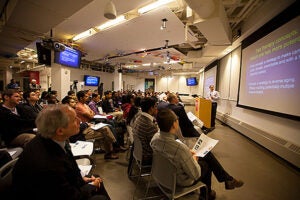
-
Nation & World
Stem cells need recovery time, too
A new study describes the mechanism behind impaired muscle repair during aging and a strategy that may help rejuvenate aging tissue by manipulating the environment in which muscle stem cells reside.
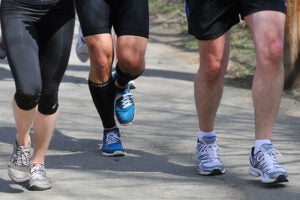
-
Nation & World
Breathing easier with lung regeneration
Harvard researchers have cloned stem cells from the airways of the human lung and have shown that these cells can form into the lung’s alveoli air sac tissue. Mouse models suggest that these same stem cells are deployed to regenerate lung tissue during acute infection, such as during influenza.
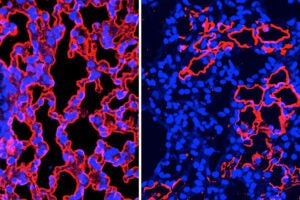
-
Nation & World
From skin cells to motor neurons
Harvard stem cell researchers have succeeded in reprogramming adult mouse skin cells directly into the type of motor neurons damaged in amyotrophic lateral sclerosis, best known as Lou Gehrig’s disease, and spinal muscular atrophy.
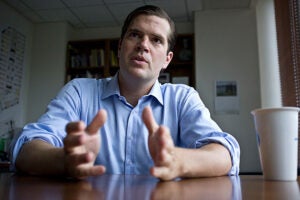
-
Nation & World
Cancer stem cells made, not born
In cancer, tumors aren’t uniform: they are more like complex societies, each with a unique balance of cancer cell types playing different roles. Understanding this “social structure” of tumors is critical for treatment decisions in the clinic because different cell types may be sensitive to different drugs.
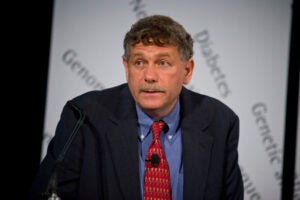
-
Nation & World
Helping the heart help itself
Stem cells being transfused into post-heart attack patients may not be developing into new heart muscle, but they still appear to be beneficial. Some stem cells in the bone marrow, called c-kit+ cells, appear capable of stimulating adult stem cells already present in the heart to repair damaged tissue.
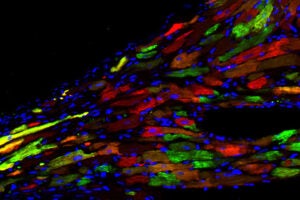
-
Nation & World
Progress against melanoma
Harvard stem cell researchers at Children’s Hospital Boston have taken two important steps toward development of a new way of treating melanoma, the most virulent form of skin cancer.
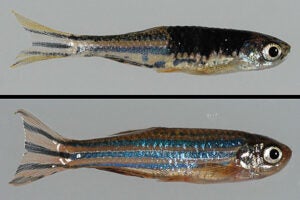
-
Nation & World
Breakthrough in cell reprogramming
A group of Harvard Stem Cell Institute researchers has made such a significant leap forward in reprogramming human adult cells that HSCI co-director Douglas Melton said the institute will immediately begin using the new method to make patient- and disease-specific induced pluripotent stem cells, known as iPS cells.
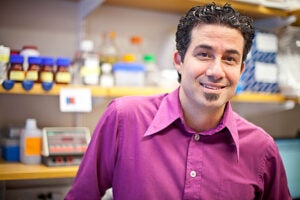
-
Nation & World
NIH resumes funding stem cell research – for now
The National Institutes of Health (NIH) today announced that it is resuming funding embryonic stem cell research. “We are pleased with the…interim ruling” yesterday by a three-judge panel of the…



